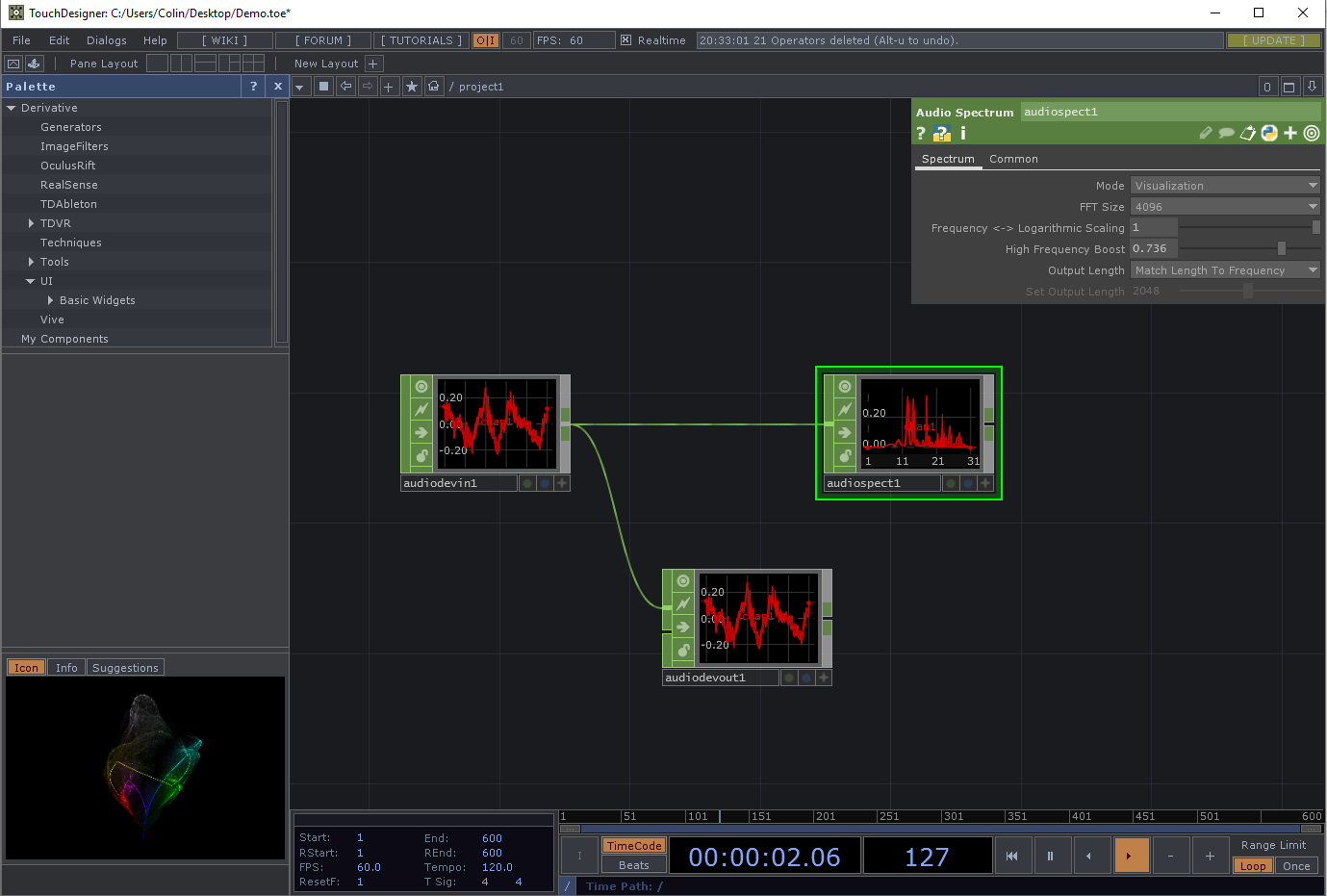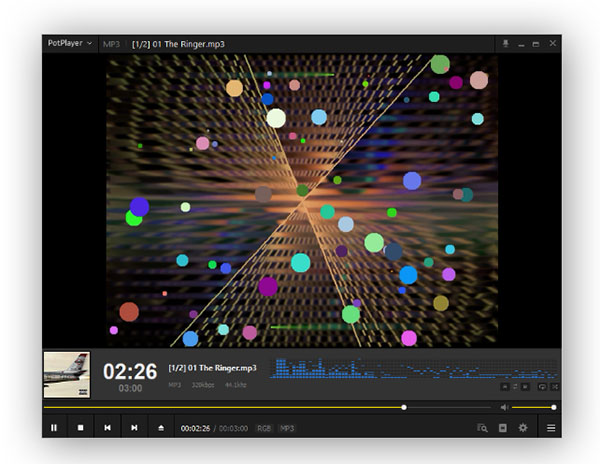
- Audio visualizer program for streaming for mac osx#
- Audio visualizer program for streaming install#
- Audio visualizer program for streaming code#
When using G-Force Standalone, please know that G-Force will be sensitive to the volume levels of any "line-in" or "mic-in" sound sources. How do I adjust the reactivity of the visuals? To access these options with keystroke commands, simply press "Shift A" while G-Force Standalone is running. Using the G-Force Toolbar, select the desired source from the "Audio Source" list in the "Visualization Preferences". G-Force Standalone can select from any sound source available to your computer. How do I select a particular audio input? In Mac OS X, simply run the G-Force Standalone application included in your Platinum download. In Windows, you can run G-Force Standalone by selecting: Start | All Programs | G-Force | G-Force Standalone. Note: The Mac OS X operating system does not allow for visualization from the built-in sound card, however, it does allow for use of line-in, microphone, and other audio inputs. G-Force Standalone enables you to visualize anything you can hear and is exclusively available in G-Force Platinum Edition. mp3, WAV, AIFF), such as audio output directly from your CD player or stereo amplifier.

G-Force Standalone is particularly useful when you want to visualize audio that doesn't exist in the form of an audio file (e.g. You can use it to visualize live performances or streaming radio broadcasts. G-Force Standalone visualizes any sound source supported by your computer, including line-in audio, CD audio, microphone input, etc. Slow bars decay speed currently depends on how often.Remove the matplotlib dependency since it's only needed for the colormap of the vis.The ansform operations sometimes cause weird visual artifacts (boxes) for some resolution settings -> fix?.Implement realtime beat detection / melody extraction on top of FFT features (eg using Harmonic/Percussive decomposition).You can run the stream_analyzer in headless mode and use the FFT features in any Python Application that requires live musical features.I have personally learned A LOT about sound by watching this realtime visualization while listening to music.
Audio visualizer program for streaming code#
Audio visualizer program for streaming install#
Audio visualizer program for streaming for mac osx#
For Mac OSX (tested on Catalina 10.15.4), please make sure you run with Python downloaded from ( pygame doesn't work well with the default/Homebrew Python)Īlternatively to pyaudio, you can use sounddevice which might be more compatible with Windows/Mac.Other platforms like Mac/Windows should work if PyGame can find your display and Python finds your audio card (these can be tricky with WSL).If something doesn't work, please first try to fix it yourself and post an issue/solution when appropriate! I developped this code on my local machine -> it has not been properly tested on other setups. Sudo apt install libasound-dev portaudio19-dev libportaudio2 libportaudiocpp0 (tested on Ubuntu) If you're having trouble installing PyAudio, you might want to When visualize is enabled, the visualizer displays these FFT features in realtime using a PyGame GUI (I made two display modes: 2D and 3D).



get_audio_features(), the stream_analyzer, applies a Fast-Fourier-Transform to the most recent audio window in the buffer Reads data from this stream many times per second (eg 1000 updates per second) and stores that data in a fifo buffer.Starts a stream_reader that pulls live audio data from any source using PyAudio (soundcard, microphone.A simple package to do realtime audio analysis in native Python, using PyAudio and Numpy to extract and visualize FFT features from a live audio stream.


 0 kommentar(er)
0 kommentar(er)
